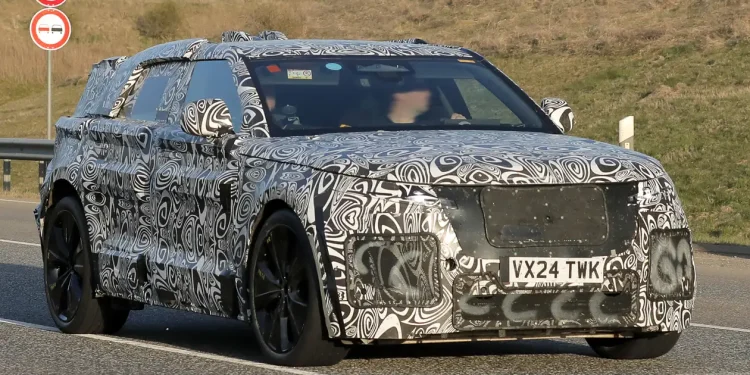Smaller electric Range Rover is due out next year
Words NZ Autocar | Images AutoExpress
Range Rover is set to unveil a mid-size electric SUV in 2026.
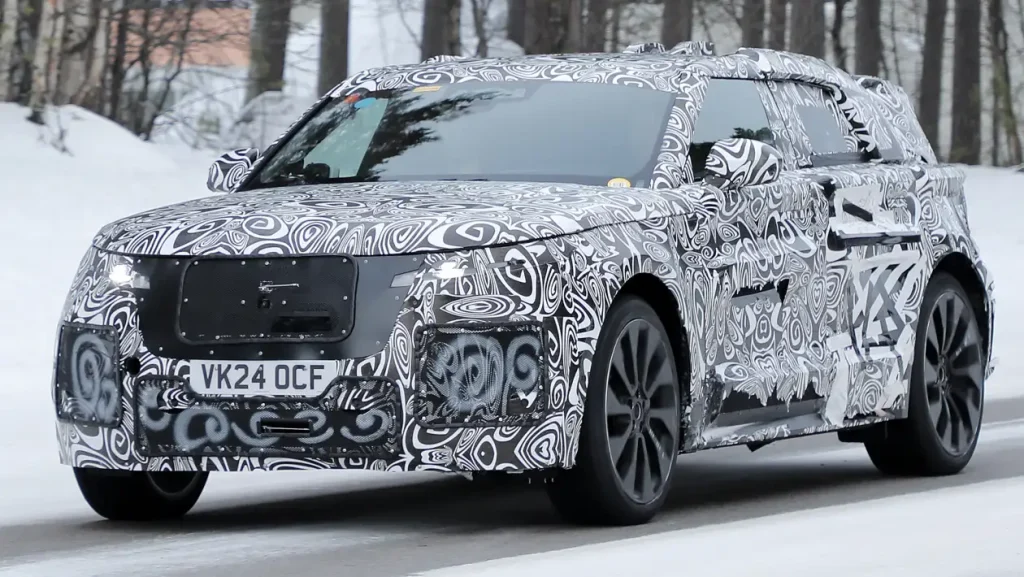
It will slot in below the flagship Range Rover Electric, and evidently will come to market at much the same time. And it will introduce a new design language and fresh technology. Moreover, it will ride on new vehicle architecture known as EMA (Electric Modular Architecture).
Expect it to be much the same size as the existing Range Rover Velar. So the 4.8m long SUV will vie with BMW iX3, Audi Q6 e-tron and Porsche Macan Electric.
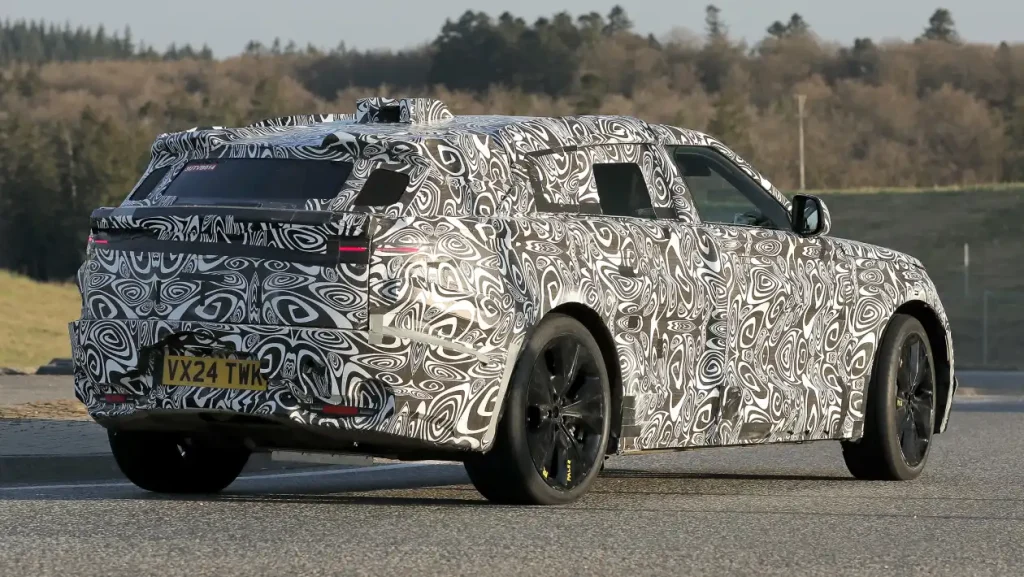
It will be produced at a refurbished, hi-tech production line at the Halewood factory. The facility updates are designed specifically for producing products using the new EMA platform.
Evolved styling
The new Range Rover EV will be sleeker than the Velar, with a lower roofline. It slopes downwards to the rear and there’s a small glasshouse relative to the sheet metal. So expect a coupé-SUV look, along with more Range Rover modernism and minimalism.
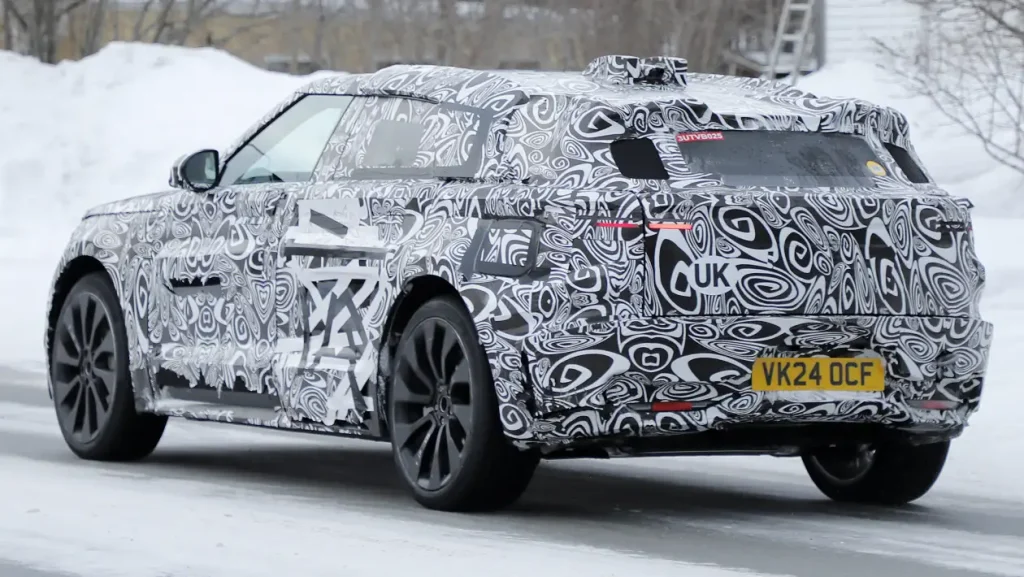
JLR CEO Adrian Mardell said: “EMA is our next architecture for medium-size vehicles.
“Originally conceived to be hybrid, it’s now only going to be fully electrified. At least three different vehicles, maybe four, will come off the EMA platform.”
Much of what goes into EMA originates in the Range Rover Electric programme. While the hardware will shrink in size, it is essentially “plug and play” across the range.
Battery packs
The batteries will be built at Tata’s Gigafactory in Somerset.
Based on prismatic cells which are rectangular and fit snugly together, the modules are scaled up in batches. That creates a range of different sized power packs. A ‘cell-to-pack’ design cuts some of the framework housing the battery, enabling more cells to be crammed into each module.
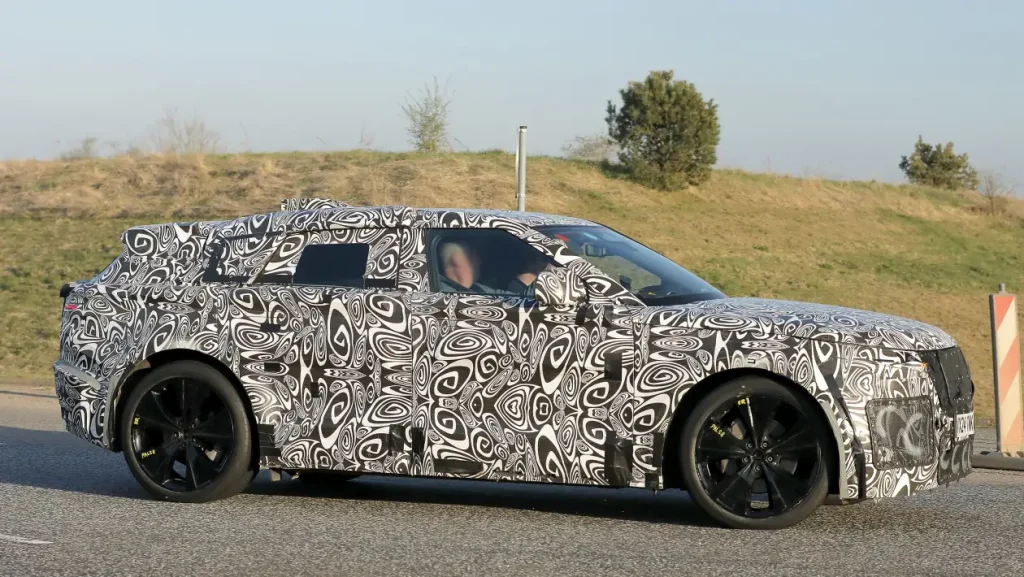
It’s likely the EMA SUV will use battery packs of around 80kWh and 100kWh to match the range of its rivals (500-650km). JLR reckons its new battery tech offers a 40 per cent efficiency boost over I-Pace. With an 800 volt electrical system, charging up to 350kW should be possible, meaning a 10-80 per cent refill in around 20 minutes.
JLR says its electric motors were developed in-house. Evidently they approached different suppliers but failed to find tech suitable for both low-speed off-roading and higher speed on-road efficiency.
Motors
In the Range Rover Electric, there’s one motor per axle, with a combined output of 400kW and 850Nm.
It’s not known all the EMA Range Rovers will be all-wheel drive, or whether JLR might introduce a long-range, single-motor version.

Moreover, it isn’t clear what name the vehicle will take. Evidently the new mid-size electric Range Rover will sell alongside the existing petrol-powered Velar but it will not use that badge.
Expect good off-road creds, with Terrain Response to optimise the all-wheel drive powertrain and chassis to tackle all manner of surfaces.
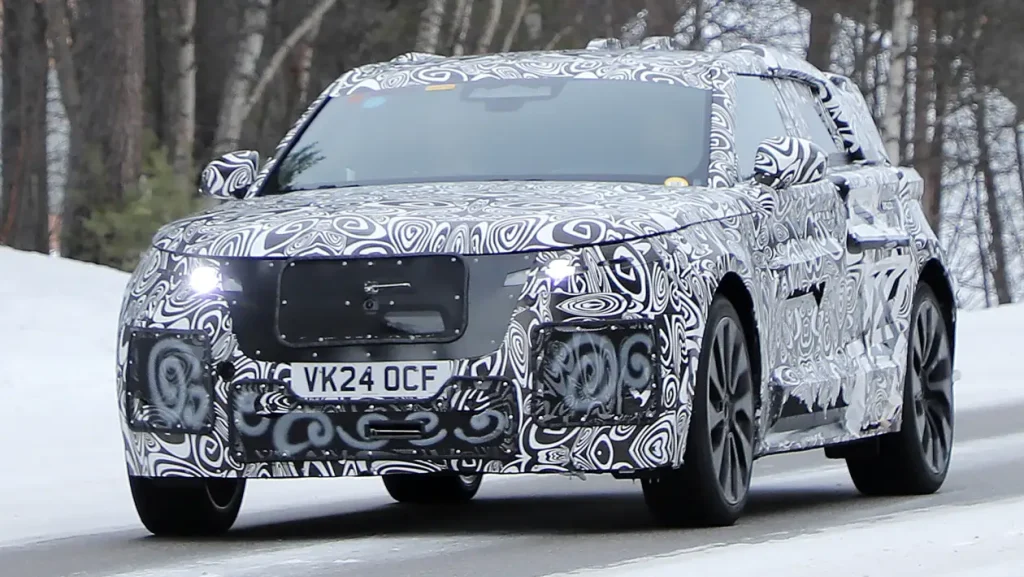
JLR’s engineers reckon the precise control offered by electric motors mean it will be handier off road compared with the petrol alternative.
EMA will also optimise interior space and comfort, while retaining the Rangie’s commanding view.
The mid-size Range Rover EV should go on sale in Europe in the middle of 2026. Expect prices a little north of existing Velar’s.


